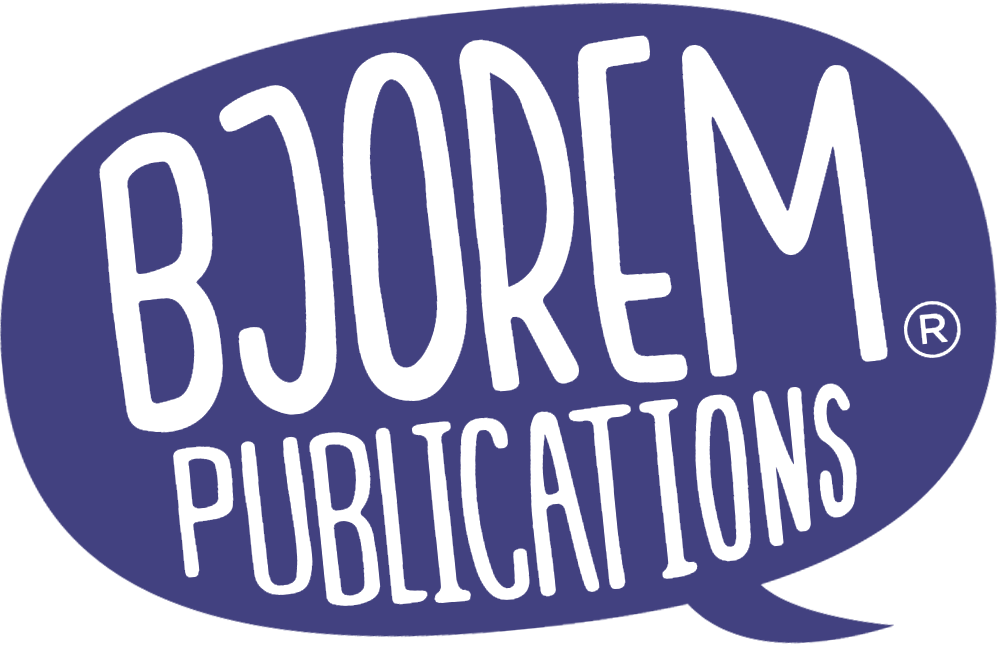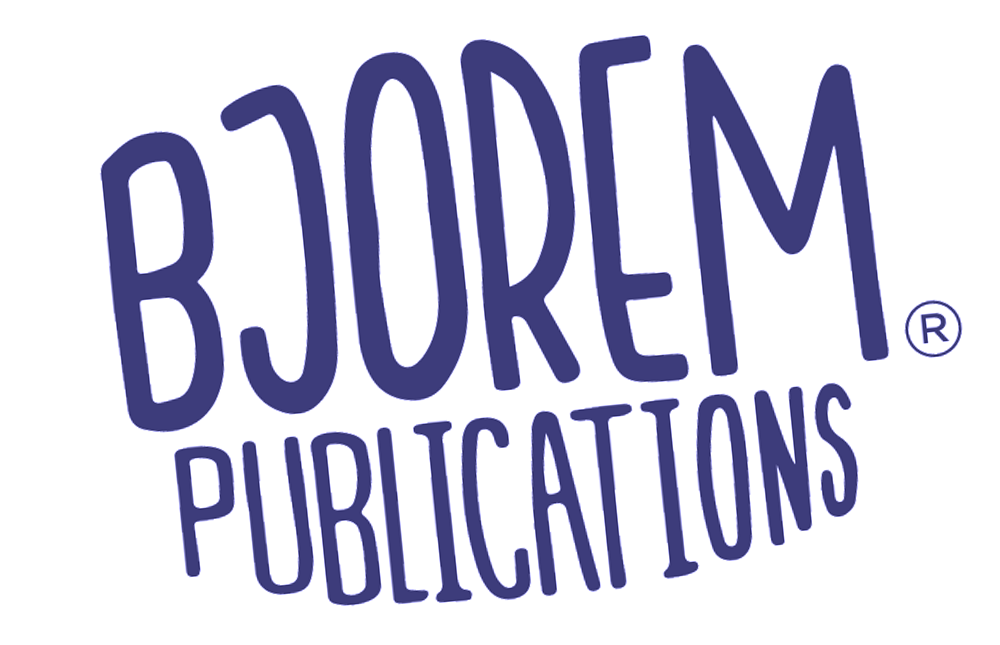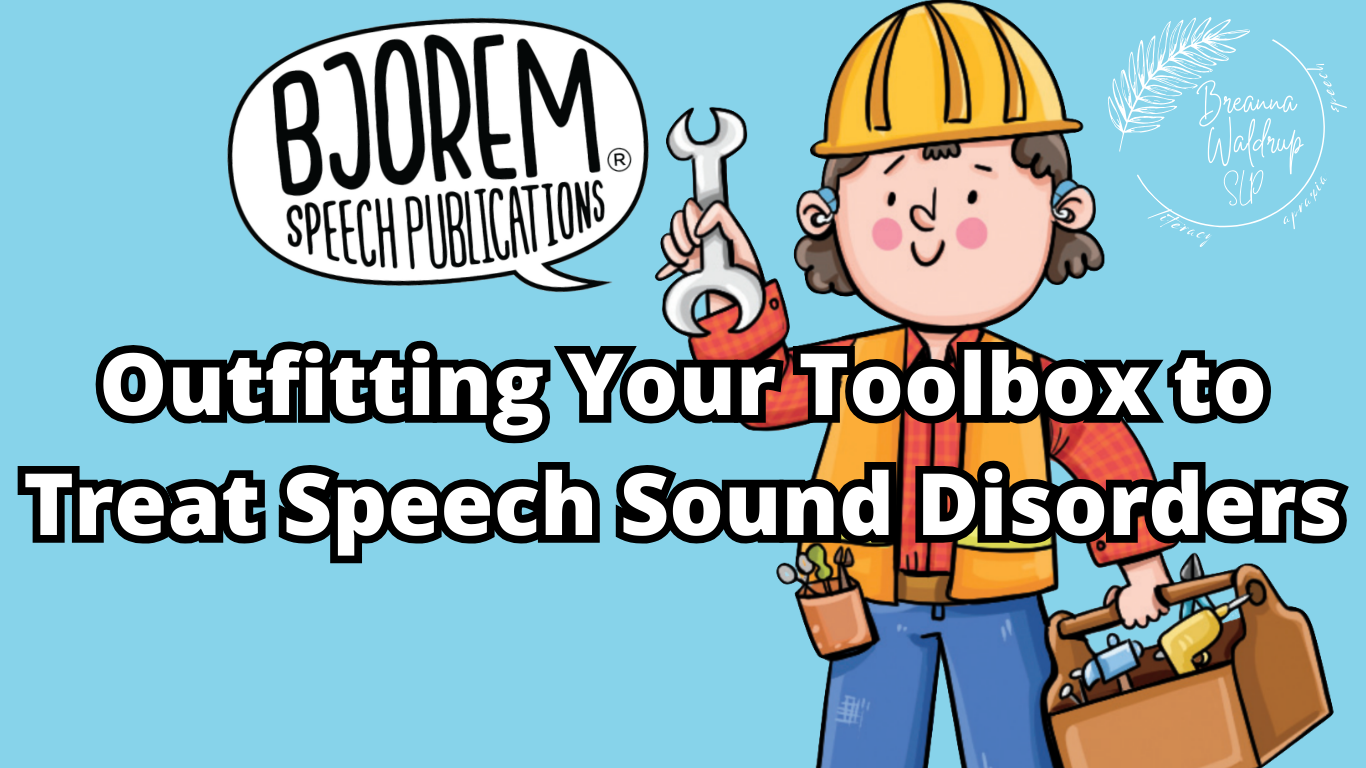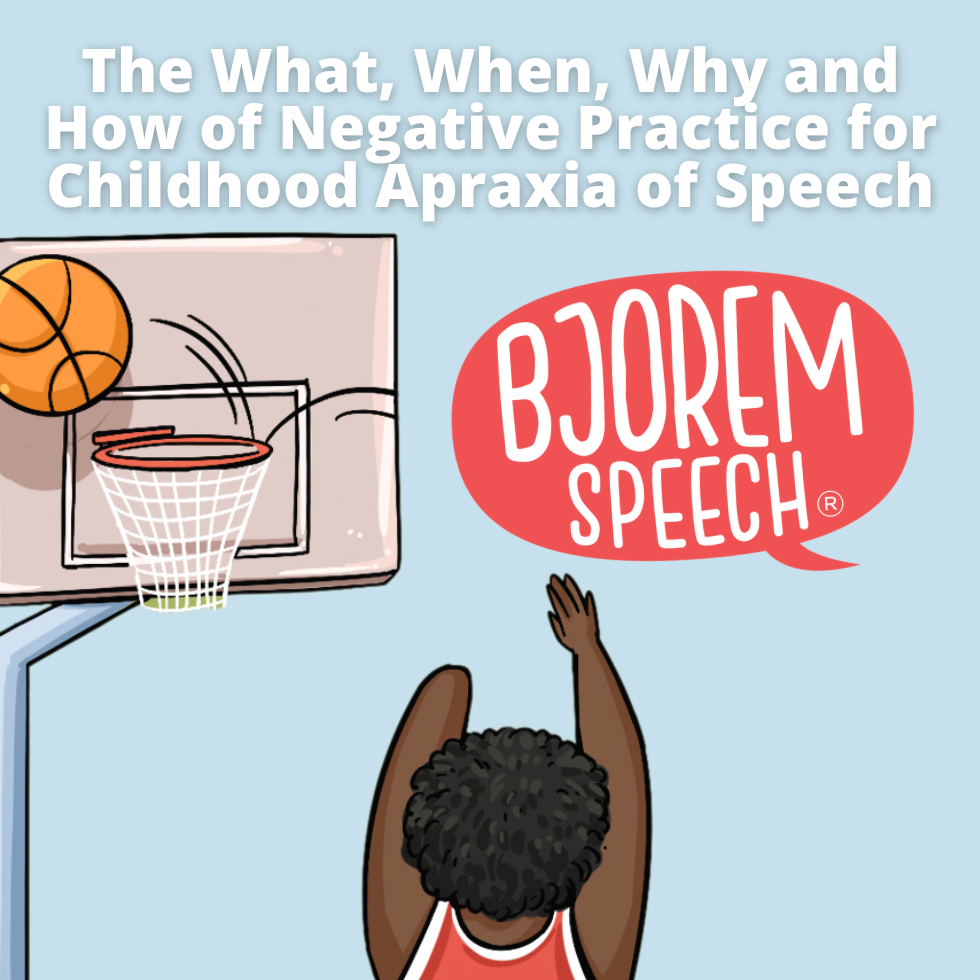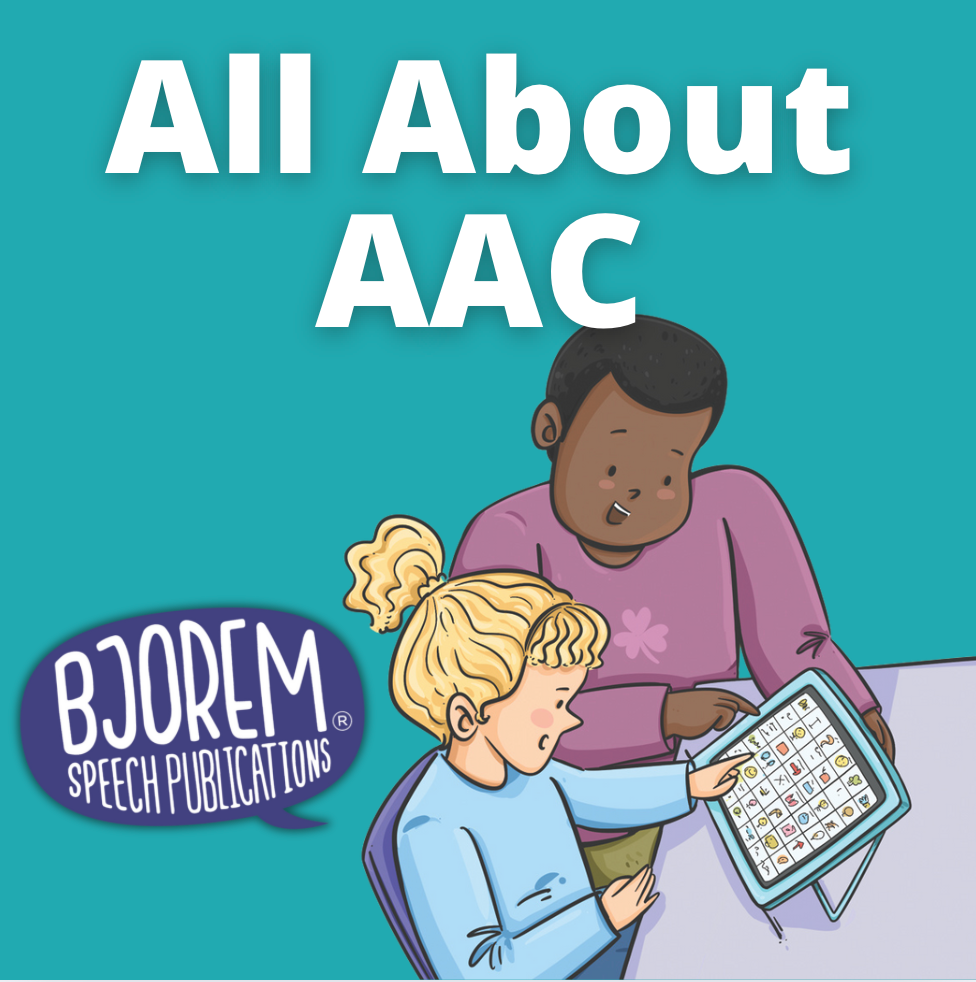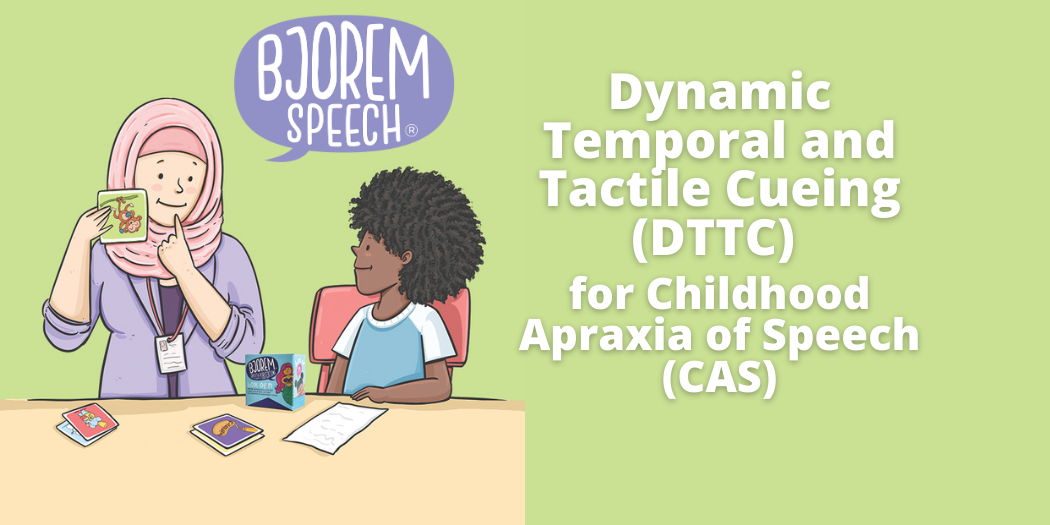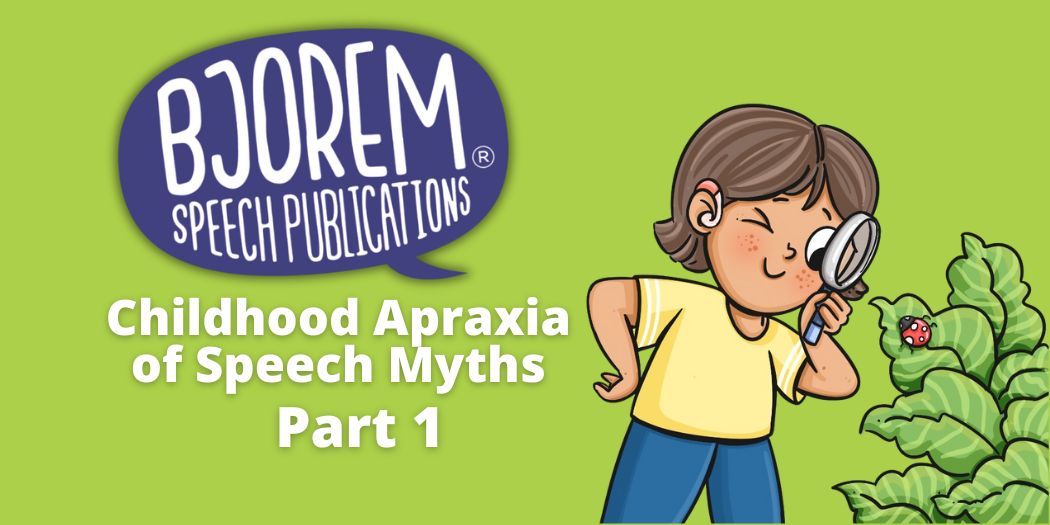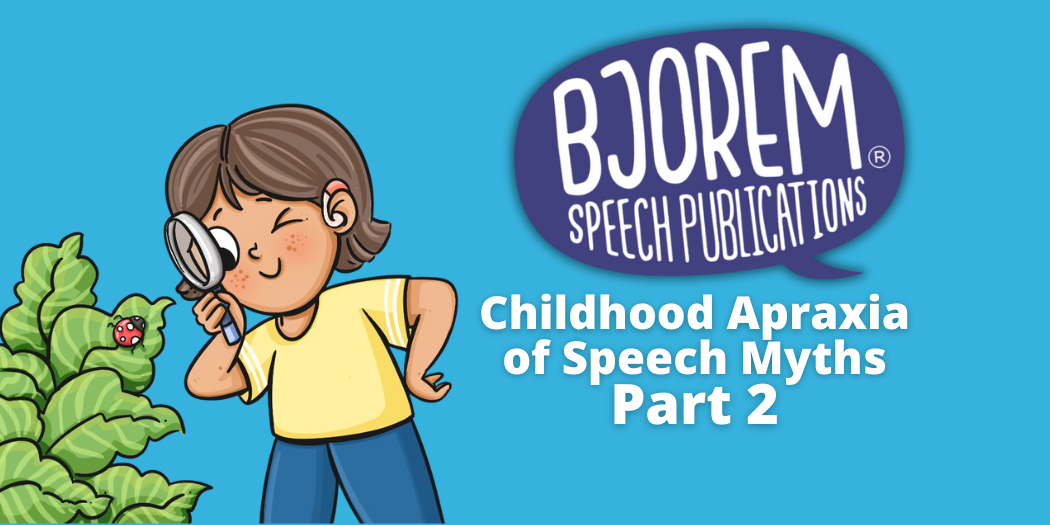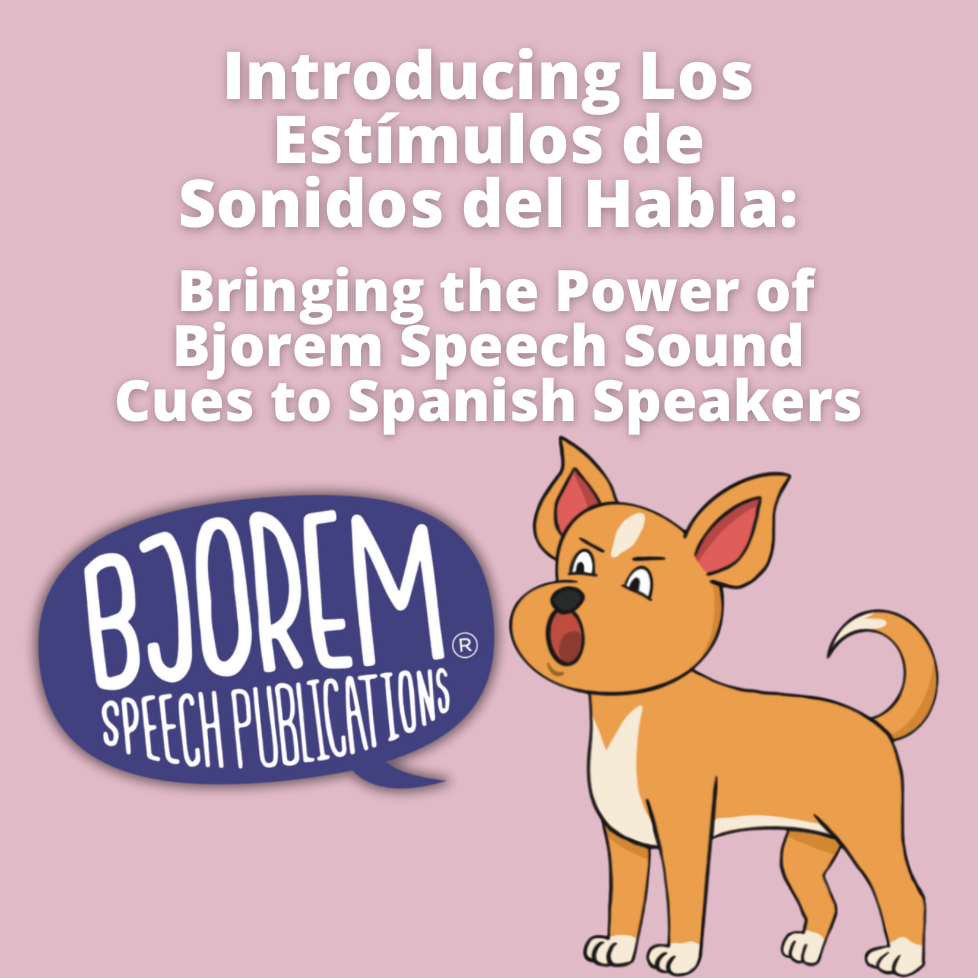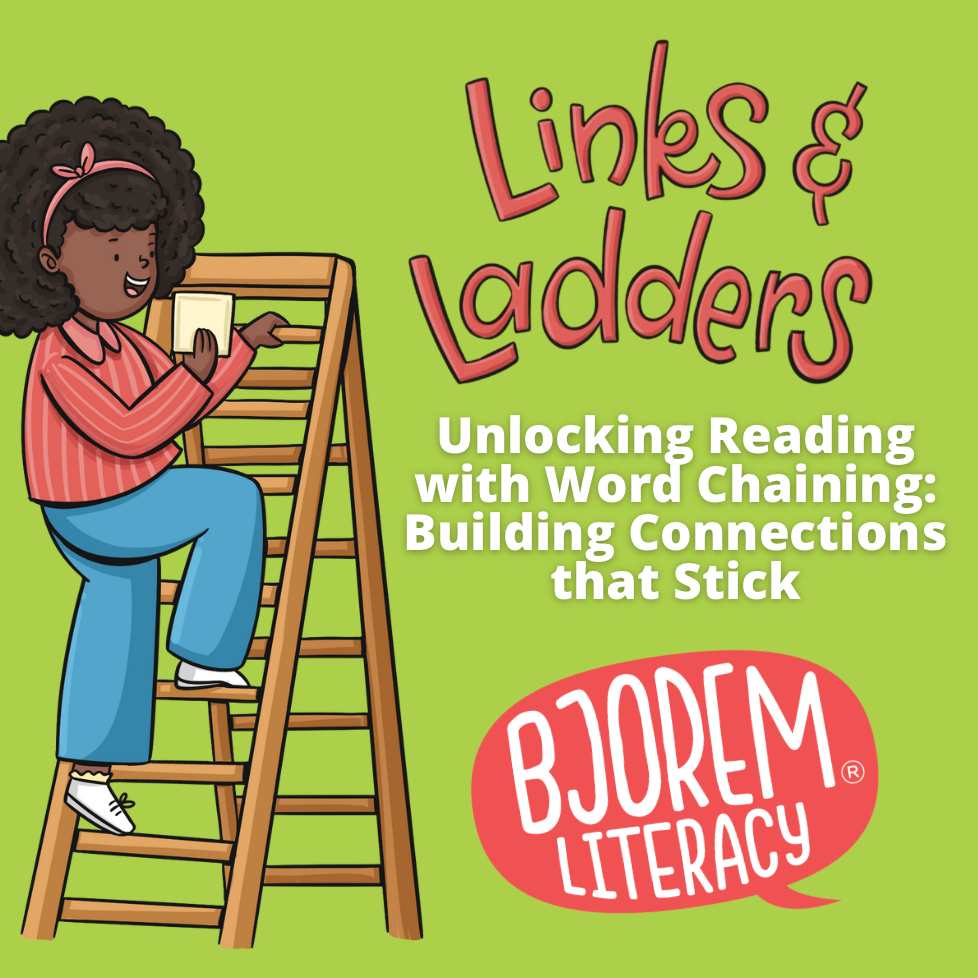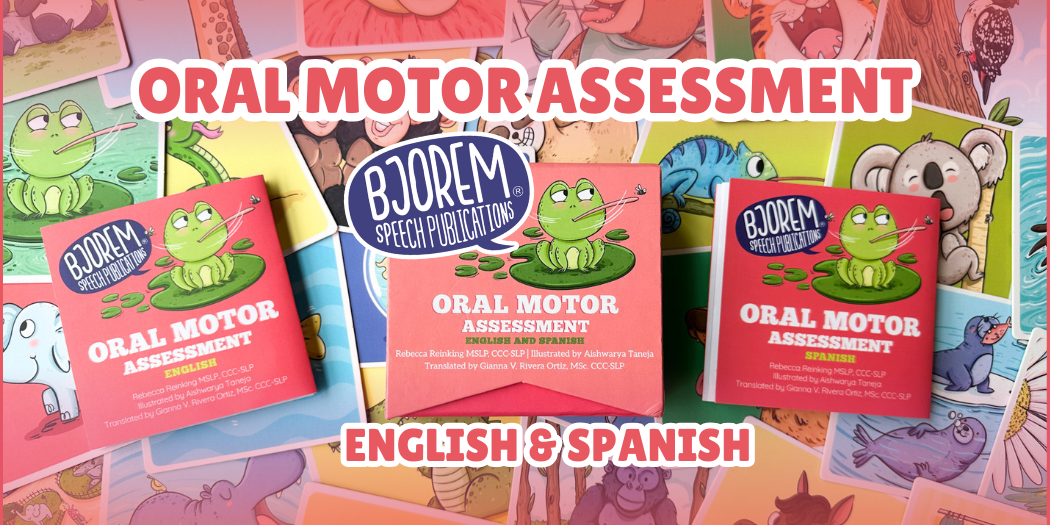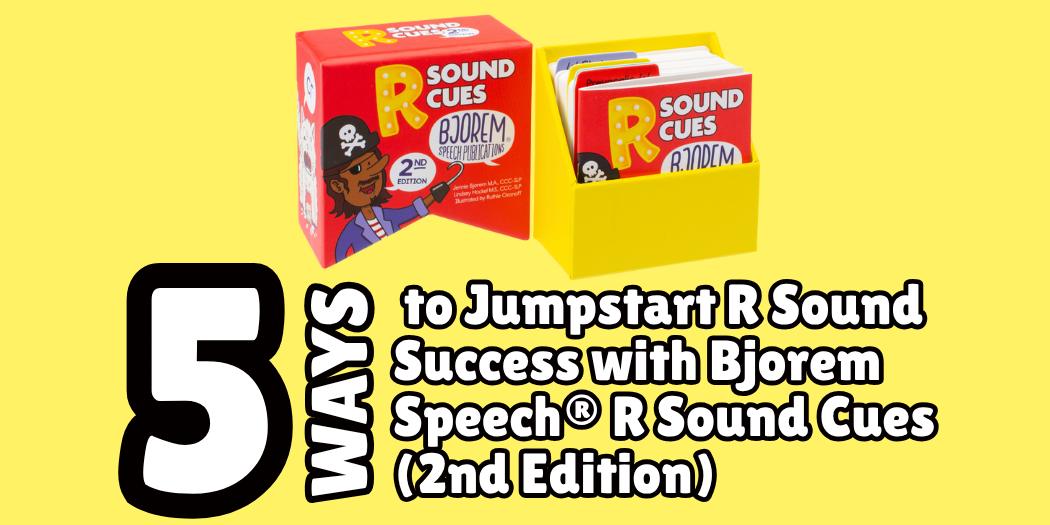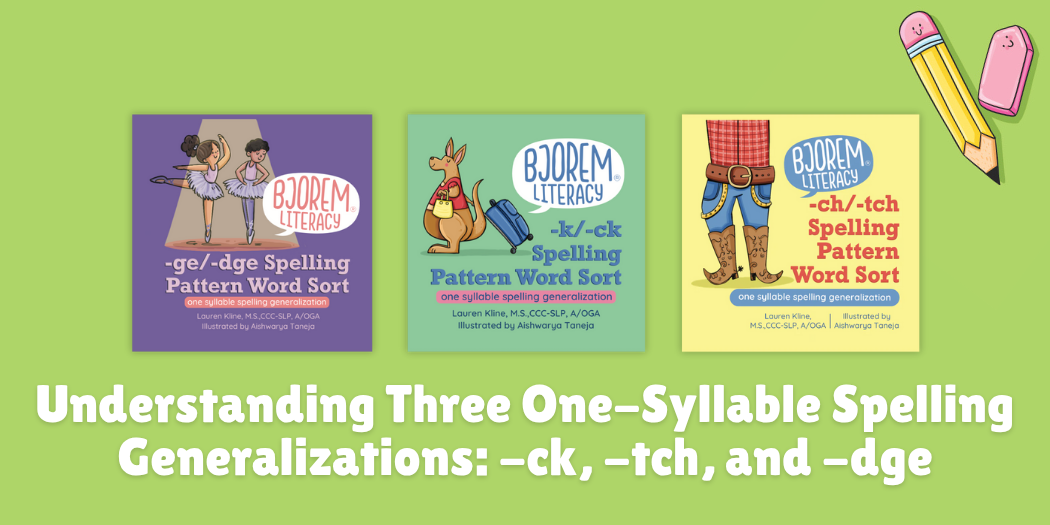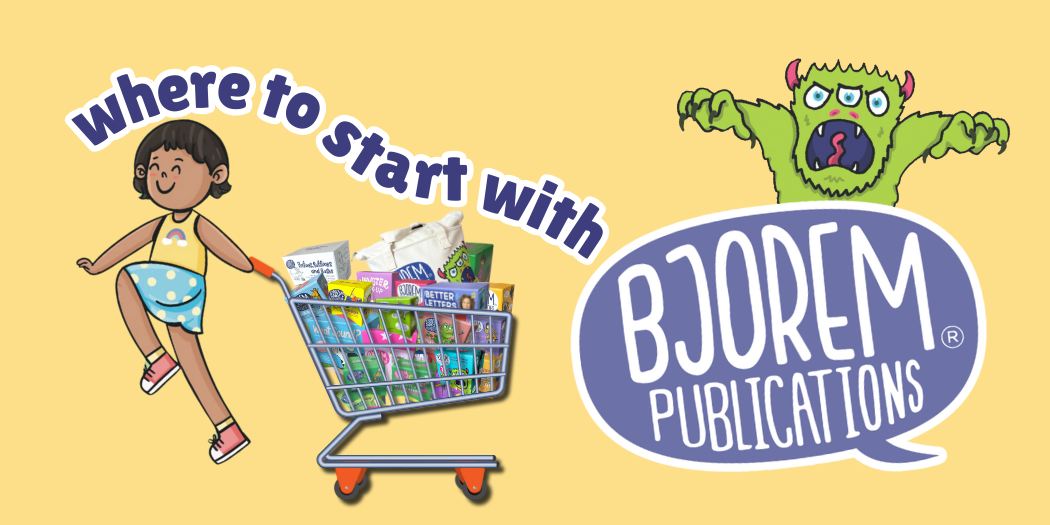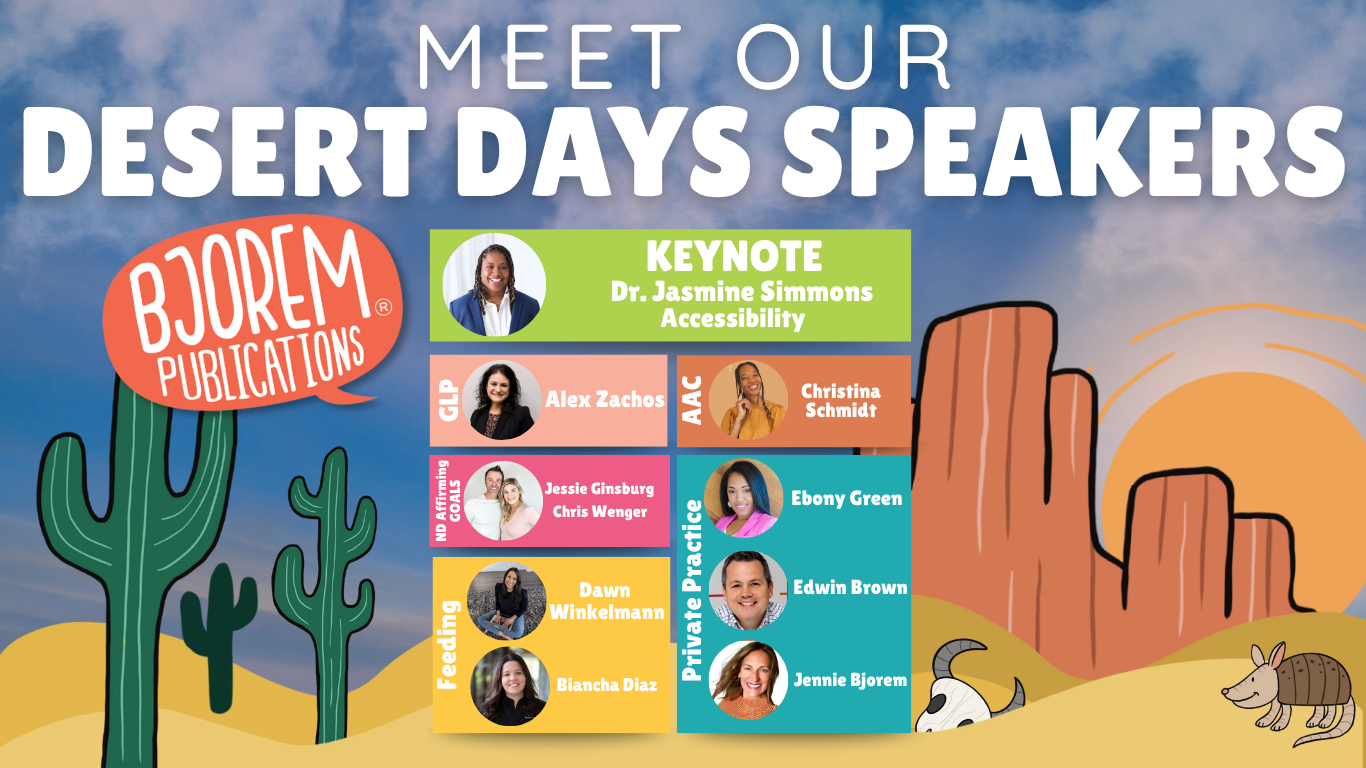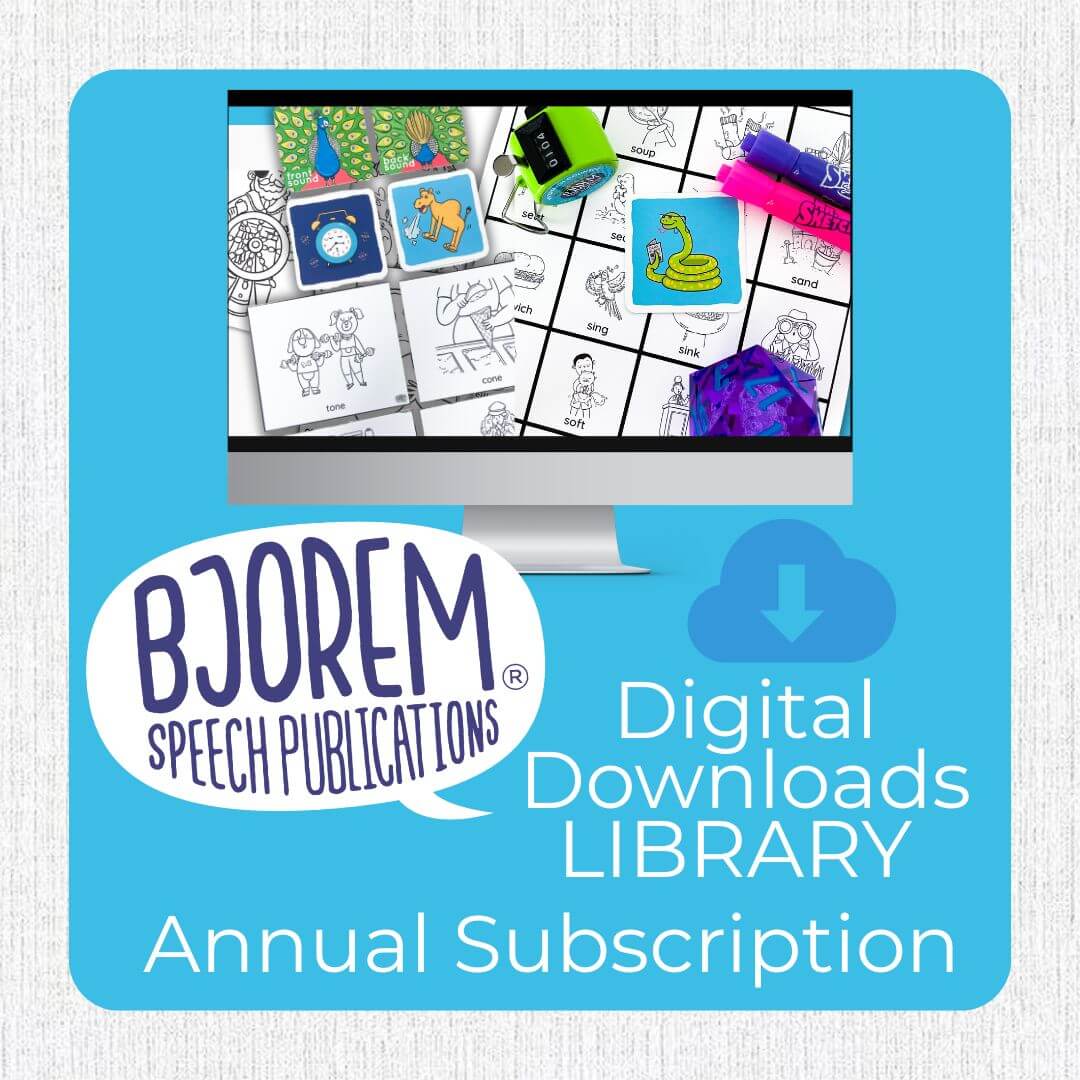
Outfitting Your Toolbox to Treat Speech Sound Disorders
By Breanna Waldrup, MS, CCC-SLP
There are a number of evidence-based treatment methods designed to treat speech sound disorders, including those for phonological disorders and childhood apraxia of speech (CAS). These treatment methods address the core deficits of each type of speech sound disorder. Evidence-based phonological approaches, such as cycles, complexity, minimal pairs, and multiple oppositions, address phonological deficits.

Methodologies designed to treat CAS, such as Dynamic Temporal and Tactile Cueing (DTTC), Rapid Syllable Transition Treatment (ReST) and Speech Motor Chaining, are based on the principles of motor learning (PML) and incorporate multisensory cueing, as well as address the core deficits in CAS, including prosody. A solid grasp of the principles of motor learning and multisensory cueing is essential to effectively implement CAS treatment methods. However, utilizing these skills can also elevate the treatment of other speech sound disorders. Let's dive into why using PML and integrating multiple senses can be a game-changer in therapy for speech sound disorders.
The Principles of Motor Learning
Speech is inherently a complex motor skill, and is arguably the most complex motor skill that we as humans perform! Research on how we learn motor skills led to the establishment of the Principles of Motor Learning. Maas and colleagues (Maas et al, 2008) then looked at applying the PML to speech. While some aspects of PML held true better than others, overall it seems that executing speech, like other motor acts, is based on PML.
Key to understanding PML is distinguishing between motor performance and motor learning. Motor performance focuses on establishing movements with cueing, which is what we often do in speech therapy. This means we have carefully structured the environment to facilitate the production of accurate movements for the speech targets we have chosen and we are providing the needed supports. Motor learning is using a movement in another context and time (e.g. generalization). This distinction is crucial as our ultimate goal is to facilitate motor learning, ensuring the child can generalize the skills beyond the therapy room.
When we want motor learning to occur, we have to consider pre-practice. There are three main parts of pre-practice:
1. Motivation
2. Understanding of the Task and Reference of Correctness
3. Stimulability

Many speech-language pathologists ensure that the conditions of pre-practice are met, although they might not realize that’s exactly what they are doing.
First, it’s important to establish motivation. The child is motivated, in some way, to learn the movements for speech. Ideally the child is intrinsically motivated, but often we incorporate some extrinsic motivation (e.g. praise, turns in a game, rewards), as well.
Second, the child has to understand what they are being asked to do and be able to identify the correct production of the speech target (word, phrase, etc). Basically, the child has to know what they are working on in speech.
Last, the child has to be stimulable to produce that movement to produce that speech target, even if that requires scaffolding and the use of multiple cues from the clinician.
Once we have established the conditions of pre-practice, we can consider practice distribution and how we structure our practice.
As far as practice distribution, or practice over time, we can think about our session frequency. If we are working to establish motor performance, massed practice, in which we see a child for therapy frequently, is helpful. Distributed practice, in which we see a child less frequently, is more conducive to motor learning.

We then think about how we structure our practice within the speech session. We know that a larger number of trials facilitates motor learning, so we want to plan our sessions, including activities and reinforcers, such that we maximize the number of correct productions that the child produces.

We can also think of our practice schedule, which is specific to each speech goal or target. Targets can be practiced in a block, in which we do the same target many times in a row, or random, in which the target is just produced randomly during the session. Blocked practice facilitates motor performance, while randomized practice facilitates motor learning. Thus, when we introduce new targets, we often practice them in a block, whereas we randomize targets that we are trying to generalize.
Practice variability is another important PML. Constant practice means that we are practicing the target the same way every time. To use an analogy, this might mean shooting the basketball from the same place on the court each time. In speech, we often think of constant practice as saying the target the same way each time, with the same prosody. Variable practice means practicing the target in many ways. So in our basketball analogy, this may mean shooting the ball from various places on the court. In speech, this means practicing the target with many different prosodic variations, such as changing our rate from slow to fast, using a rising intonation to make it a question, or changing our inflection to indicate emotions such as sadness, anger or excitement. Variable practice facilitates motor learning, which makes sense, since this is how we talk in real-life, with many prosodic variations.

Another PML is attentional focus. Attentional focus can be divided into internal and external focus, and both are important for motor learning to occur. The biggest take-away here is that attention to the task is required for motor-learning to occur. We can all go on auto-pilot with motor skills. If the motor skill is not already learned, then we have to attend to the task for motor learning to occur. In regard to speech, internal focus is on the way it feels to produce speech, our proprioceptive and kinesthetic sense of where our speech articulators are in space and how they are moving. External focus is usually the result of our movements, the actual sound of the speech itself. Focusing on both is important, so as clinicians we should be directing the child’s attention to how it feels to make the movement, as well as how it sounds.
Simple versus complex is another aspect of PML. Simple refers to a smaller unit of speech, while complex refers to a larger or more complicated unit. Since we know that sounds are produced differently in isolation than in syllables, words and phrases (coarticulation), the simplest form that we should practice is generally at the syllable-level. Practicing a simplified form, such as a phoneme in a syllable, is conducive for motor performance. However, motor learning is better facilitated by producing a complex movement. There are a number of ways that we can increase complexity in speech (longer utterances, more advanced coarticulatory contexts) and we want to consider these as we help children move to motor learning/generalization.
Feedback is an important part of PML. Feedback can be immediate or delayed, at a high or low rate, and consist of Knowledge of Performance (KP) or Knowledge of Results (KR). We know that immediate feedback at a high rate using Knowledge of Performance facilitates motor performance. KP feedback means providing specific information about how the movement was performed. In speech this can sound like “You used your lips this time!” or “You moved your tongue up to your teeth!” This helps the child know if they are producing the movement correctly and/or what they need to change to perform the movement correctly. However, we need to reduce this cueing to delayed feedback at a low rate with Knowledge of Results if we want to facilitate motor learning. This puts the onus on the child to self-monitor and judge if the production was correct and what they need to do to change the movement if it was incorrect, as KR feedback means that we only tell the child whether the movement was correct or incorrect, not why it was not right or wrong.
Why Multisensory Cueing?
Now that we’ve covered PML, let’s talk about multisensory cueing.
Multisensory cueing involves engaging two or more senses to enhance learning and retention. This leverages auditory, visual, tactile, proprioceptive, and kinesthetic inputs to reinforce speech production. For instance, a child might watch a therapist's mouth movements (visual) while simultaneously hearing the sound (auditory) and feeling the articulatory movements (proprioceptive/
Types of Multisensory Cues
What types of multisensory cues can we utilize?
-
Visual Cues: These include watching the therapist’s mouth movements, using gestures or sign language, or incorporating pictures for sounds, such as using the Bjorem Speech Sound Cues.
-
Auditory Cues: This involves placement instruction, as well as using techniques like backward and forward chaining.
-
Tactile Cues: These cues focus on using physical prompts to help the child move their speech articulators.
-
Proprioceptive & Kinesthetic Cues: Encouraging children to feel the movement of their speech articulators can provide internal feedback that reinforces learning. This might look like “can you feel your lips touching” or “make your tongue tight.”
-
Metacognitive Cues: These include sound metaphors, such as the names used in the Bjorem Speech Sound Cues, like calling the “s” sound the snakey sound.
Multiple cues can be used at the same time, if that’s the level of assistance the child requires for success. The cues that are used should be the minimal amount required for success. According to the DTTC cueing hierarchy (Strand, 2020), tactile cueing is the highest level of cueing and should be faded first. Overall, whatever cues are needed for the child to produce the target accurately should be used to establish motor performance, then the cues are faded as the child moves towards motor learning. The DTTC cueing hierarchy can be utilized with other treatment methods. In general, children with phonological or articulation disorders will require less cueing for a shorter amount of time (fewer trials) than children with CAS. Many clinicians find that using increased cueing, like simultaneous speaking, is helpful in the initial stages of motor performance, but can be faded quickly for children with phonological or articulation disorders.
Conclusion
By integrating multisensory cueing with the principles of motor learning, therapists can create a robust framework for helping children with speech sound disorders. This approach not only enhances the learning experience but also significantly improves outcomes, paving the way for children to communicate more effectively and confidently.
References:
Maas, E., Robin, D., Austermann Hula, S., Freedman, S., Wulf, G., Ballard, K., Schmidt, R. (2008). Principles of Motor Learning in Treatment of Motor Speech Disorders. American Journal of Speech-Language Pathology, Volume 17, p. 277-298.
Strand, E. (2020). Dynamic Temporal and Tactile Cueing: A Treatment Strategy for Childhood Apraxia of Speech. American Journal of Speech-Language Pathology. Volume 29, p. 30-48.
Written by: Breanna Waldrup, MS, CCC-SLP

